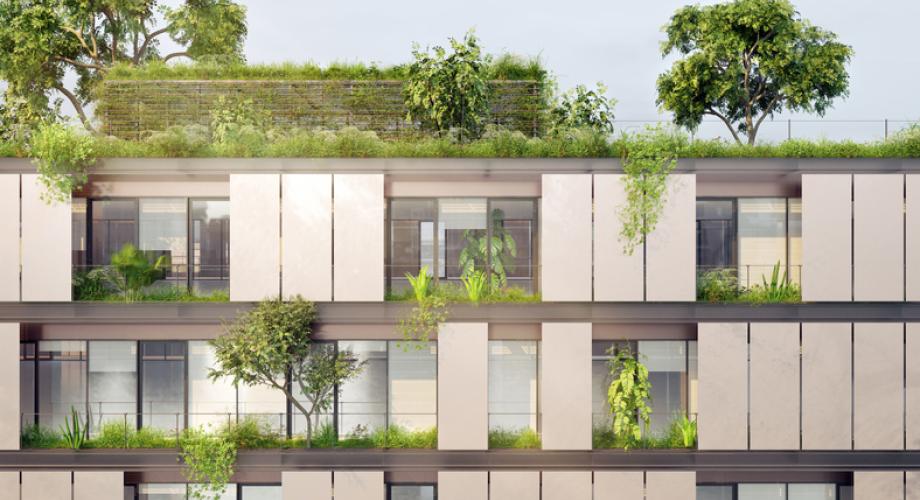On April 26, 2024, the U.S. Departments of Housing and Urban Development (HUD) and Agriculture (USDA) published their final determination on the Adoption of Energy Efficiency Standards for New Construction of HUD- and USDA-Financed Housing.
This notice will require that new construction and rehabilitation assisted through certain HUD and USDA programs meet updated energy efficiency standards, specifically the International 2021 Energy Conservation Code (IECC) and the American Society of Heating, Refrigerating and Air-Conditioning Engineers (ASHRAE) 90.1-2019 standard.
The notice points out that, as of December 2023, only five states have adopted the 2021 IECC or equivalent codes and ten states and the District of Columbia have adopted the ASHRAE 90.1-2019 standards. This means that HUD- and USDA-assisted projects will be required to meet far stricter standards than the large majority of states, potentially creating additional compliance burdens and disincentivizing the utilization of these important financing tools.
However, because the updated standards allow for fewer light fixtures and smaller heating, ventilation and air-conditioning equipment, the notice projects the cost of this notice to vary widely based on location. For example, the government estimates that costs for mid-rise construction could increase by as much as $285 per unit in humid areas of the country and decrease by up to $257 per unit in dry areas. Industry groups like the National Association of Home Builders project much higher costs to consumers, as much as $31,000 to build a new home with very little in energy efficiency savings.
These new standards will apply to new housing constructed through the following programs:
HUD Programs
- Public Housing Capital Fund
- Capital Fund Financing Program
- HOPE VI Revitalization of Severely Distressed Public Housing (in this case, rehabilitation is also covered)
- Choice Neighborhoods Implementation Grants
- Project-Based Voucher Program
- Section 202 Supportive Housing for the Elderly
- Section 811 Supportive Housing for Persons with Disabilities
- Rental Assistance Demonstration (RAD)
- FHA Single Family Mortgage Insurance Programs
- FHA Multifamily Mortgage Insurance Programs
- HOME Investment Partnerships (HOME)
- Housing Trust Fund
USDA Programs
- Section 502 Guaranteed Housing Loans
- Section 502 Rural Housing Direct Loans
- Section 523 Mutual Self Help Technical Assistance Grants, homeowner participants
Programs not covered
- Indian Housing, with the exception of Section 248 FHA-insured mortgages
- Community Development Block Grants
- USDA Multifamily Housing and assisted housing financed by USDA Community Facilities loans and grants
The National Apartment Association (NAA) has consistently urged the Biden Administration to consider the impact of its ambitious climate agenda on housing supply and affordability. In February, NAA, along with our real estate coalition partners, met with officials at the Federal Housing Finance Agency, Freddie Mac and Fannie Mae to explain why strict energy efficiency standards as a requirement for their financing products is a counterproductive policy when housing developers and providers are struggling to meet the nation’s housing demand. Instead, policymakers should recommit to the White House’s Housing Supply Action Plan, reduce local barriers to development and incentivize building more housing at all price points.
To learn more about affordable housing policy, contact Emma Craig, NAA’s Manager of Public Policy.
